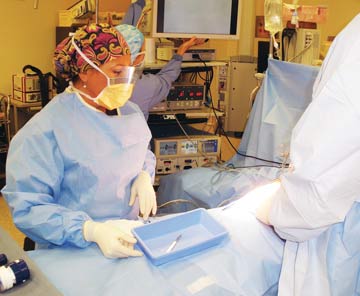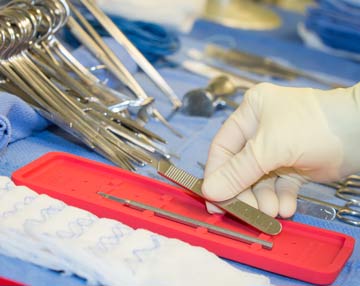When members of the surgical team at University of Chicago (Ill.) Medicine were getting stuck with alarming regularity, Amber Kratochvil, MSN, RN, CNOR, was determined to find out why. "The injury rate was astronomical, and the injuries occurred across the board — surgeons, techs, nurses, residents, medical students," says the health system's perioperative manager.
Ms. Kratochvil, who sits on a committee that reviews and addresses safety issues in the surgical department, developed detailed sharps injury reports, which included specific body parts that were hurt and the circumstances surrounding the incidents. She zeroed in on the cause of the injuries by asking for feedback from members of the surgical team, who told her surgeons were passing sharps unannounced and failing to shield or protect needles before handing them back to nurses or techs.
Sound familiar? Those issues highlight the first of several methods you can use to increase sharps safety in your ORs.
.svg?sfvrsn=be606e78_3)


.svg?sfvrsn=56b2f850_5)